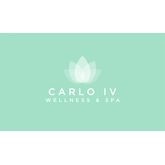The new look of Prague’s famous John Lennon Wall is becoming clear, as over 30 Czech and foreign professional artists are finishing their pieces. Members of the public will now only be allowed to mark on the wall in pencil, marker or chalk — but not paint — in small spaces. Cameras and police will monitor the wall to ensure the artistic portion is not defaced.
The wall had been closed since early October so it could be renovated. Before that, there had been growing concern that too many tourists, especially drunken ones, were painting vulgarities on it and destroying its original purpose as message board for peace and freedom.
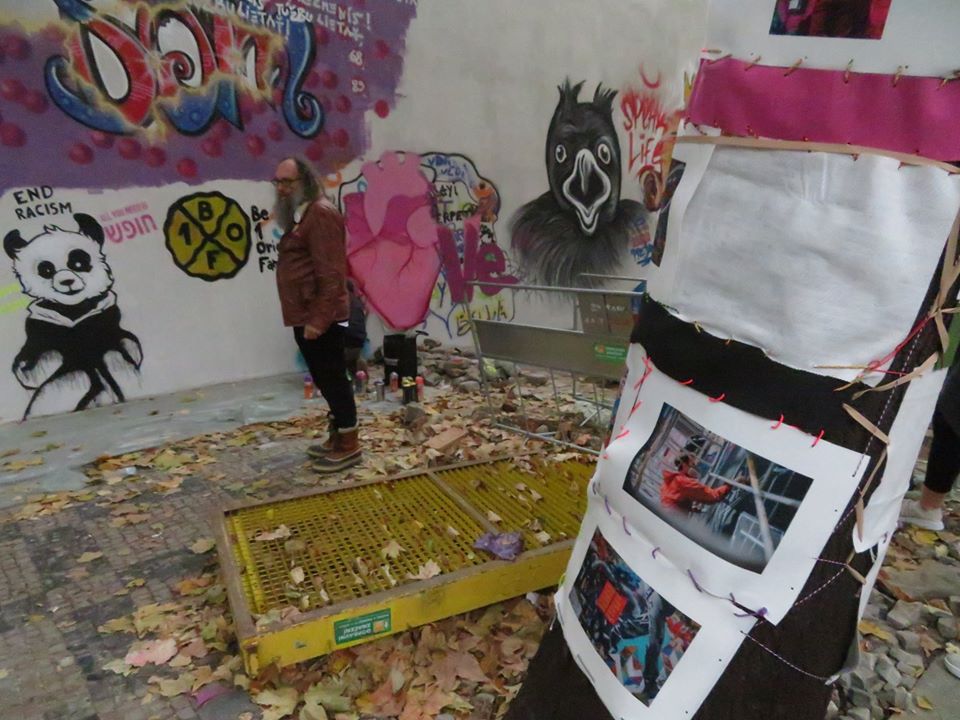
The current plan is
that new artistic designs be professional artists will go up perhaps
twice a year. The artist behind the first design is Pavel Šťastný,
who made the Civic Forum right after the Velvet Revolution and also
made the new logo for the 30th anniversary of the Velvet Revolution.
“No one knows how
long the wall hasn’t been repaired. It turned out to have hundreds
of layers, like rings in a tree. It had been painted by hundreds of
artists; it is actually a history of freedom,” Šťastný said
when the wall was unveiled November 7.
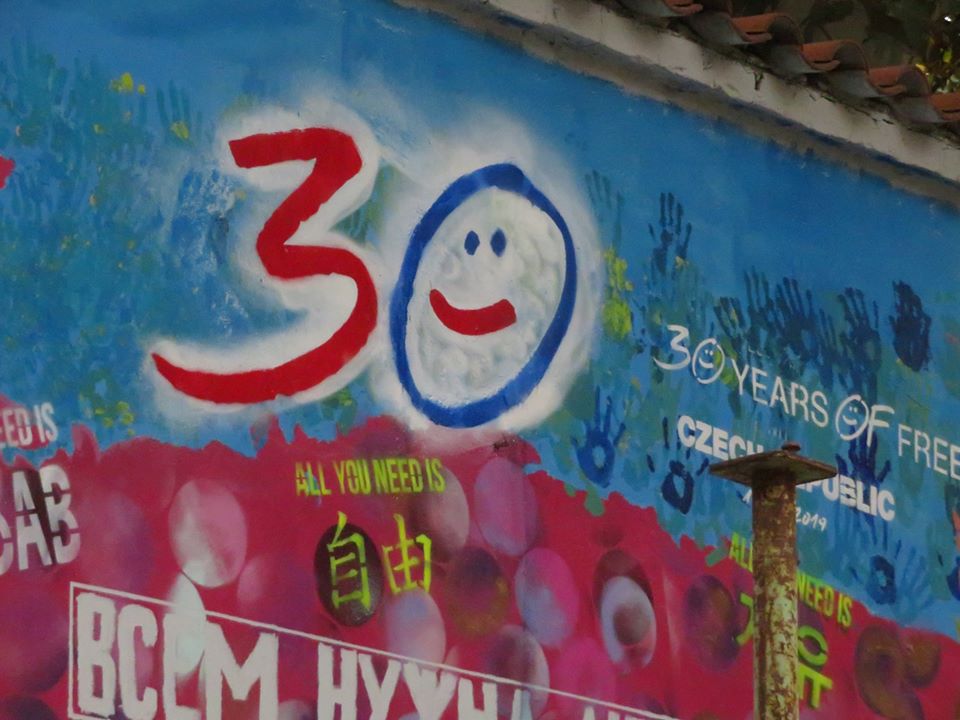
Šťastný was also behind an effort this March to turn the wall into an authorized mural honoring Václav Havel and John Lennon for the 30th anniversary of the Velvet Revolution, but that was painted over almost completely three weeks later by climate activists.
Much of the new design echoes what had been there in March, will “all you need is love” in several languages, but the large portrait of Havel was not replaced.
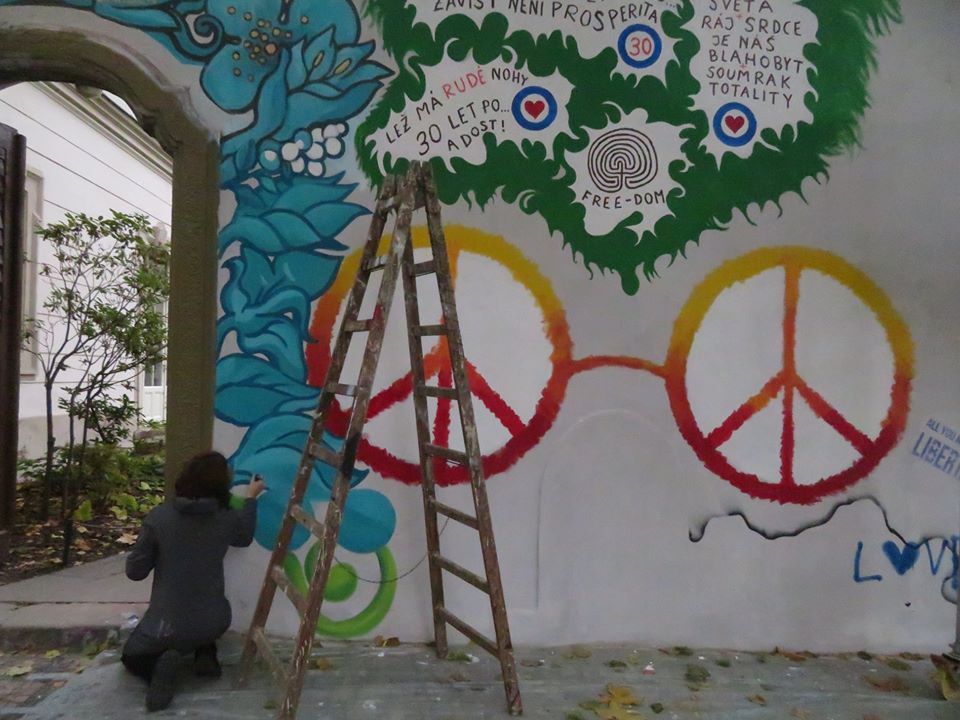
Artists who
participated in the new mural include glassmakers Vladimír Kopecký
and Jakub Berdych, sculptor Kurt Gebauer, artists Ester and Lela
Geislerová and a jewelry designer Viktorie
Beldová.
“I had an idea to see what would happen if all the artists we were to meet in one day and paint the Lennon Wall together. Gradually other artists joined us. For example, an artist from Hong Kong and Argentina arrived. There was a huge interest in it. We are honored,” Šťastný added.
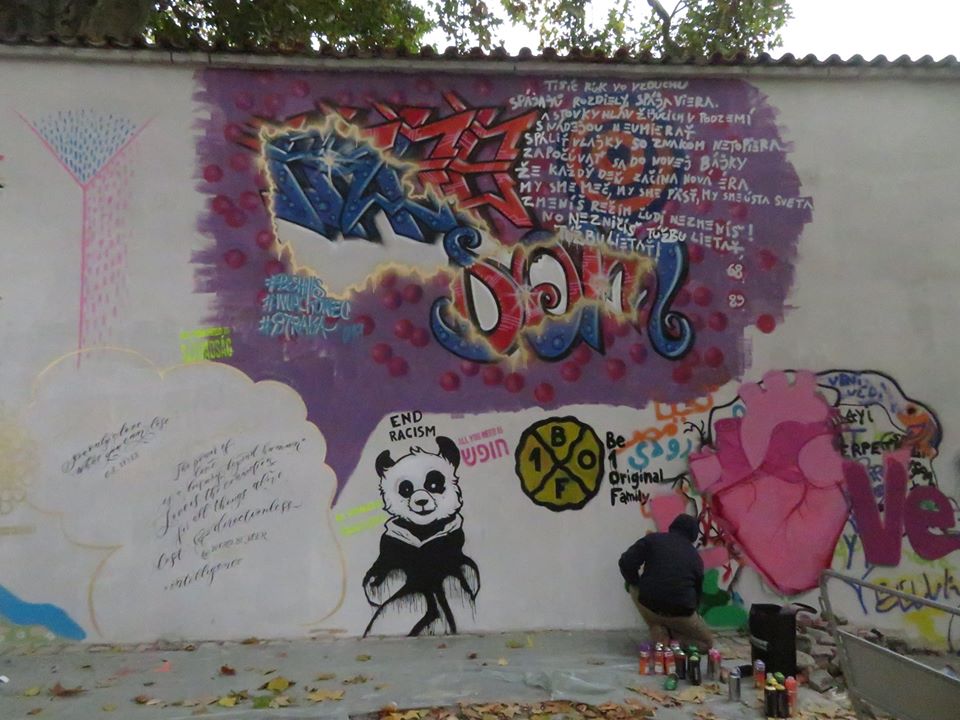
Šťastný also said
he did not want to destroy the original concept of the wall. His art
group deliberately left free spaces between their pieces where
visitors will still be able to leave their peaceful messages. The
spaces will have clear rules, though.
The Prague 1
district has also now designated the wall as a significant historical
location, and police will closely monitor it.
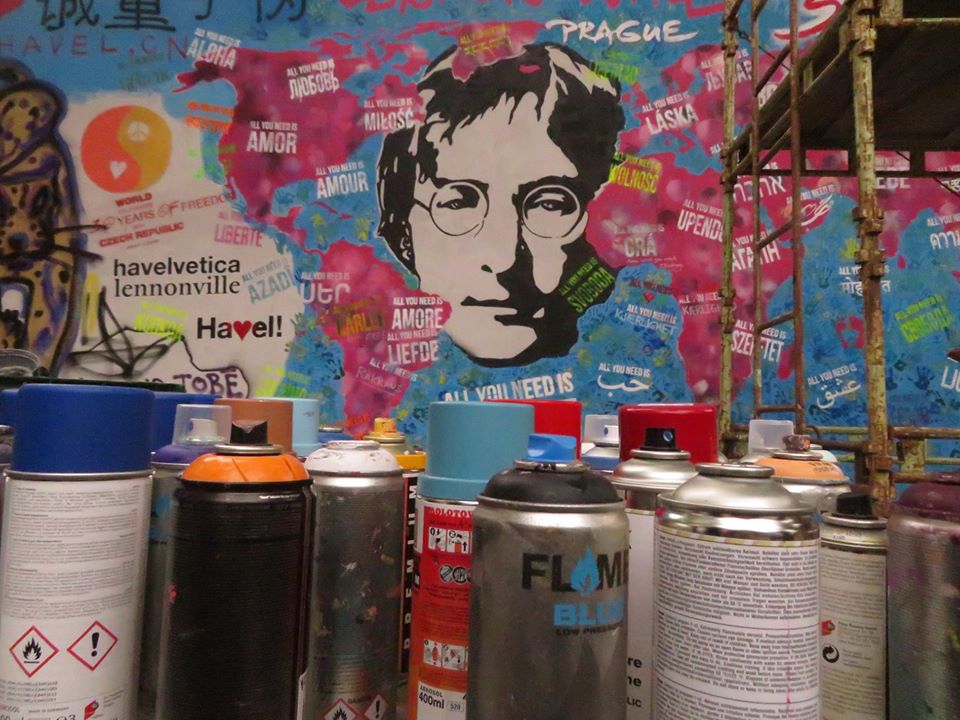
Busking and any art
production for money will also be banned, and noise limits will be
set. The rules will be newly placed on the wall.
“This place is to
represent the symbol of freedom, and this is why we do not want to
prohibit activities only, but on the contrary, we want to guide
people how to behave there to express commemoration,” Prague 1
Deputy Mayor Petr Hejma (STAN) said.
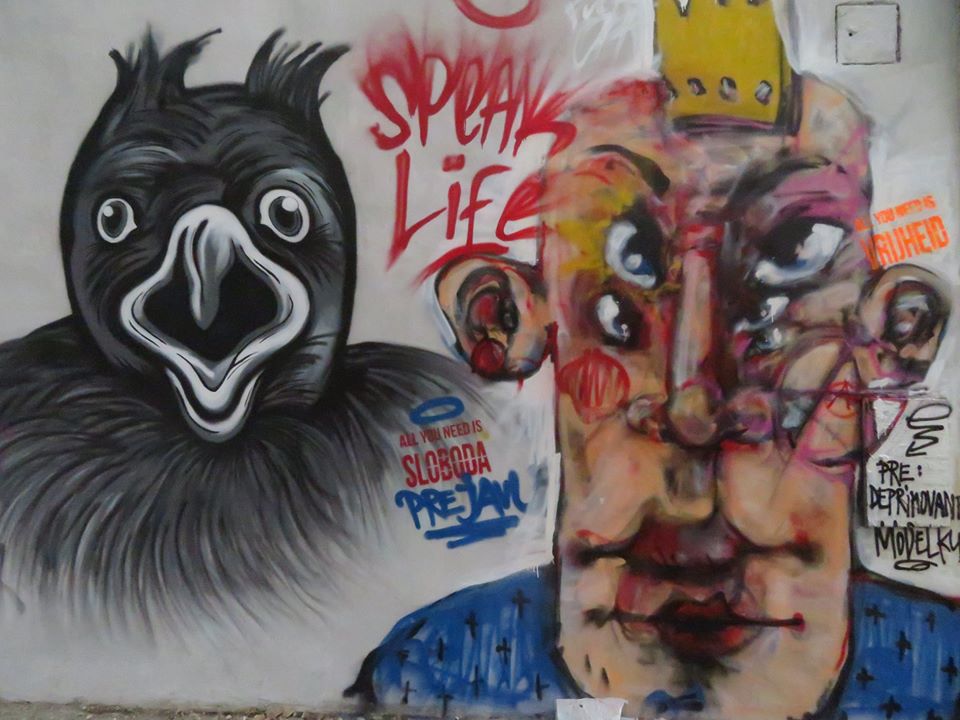
The wall is part of the Embassy of the Knights of Malta, a religious group that traces its history back to the crusades. It had been a site for graffiti critical of the communist regime since the 1970s.
Since the murder of former Beatles member John Lennon in 1980 it has become a place for Beatle song lyrics, portraits of Lennon, and messages and images relating to world peace.
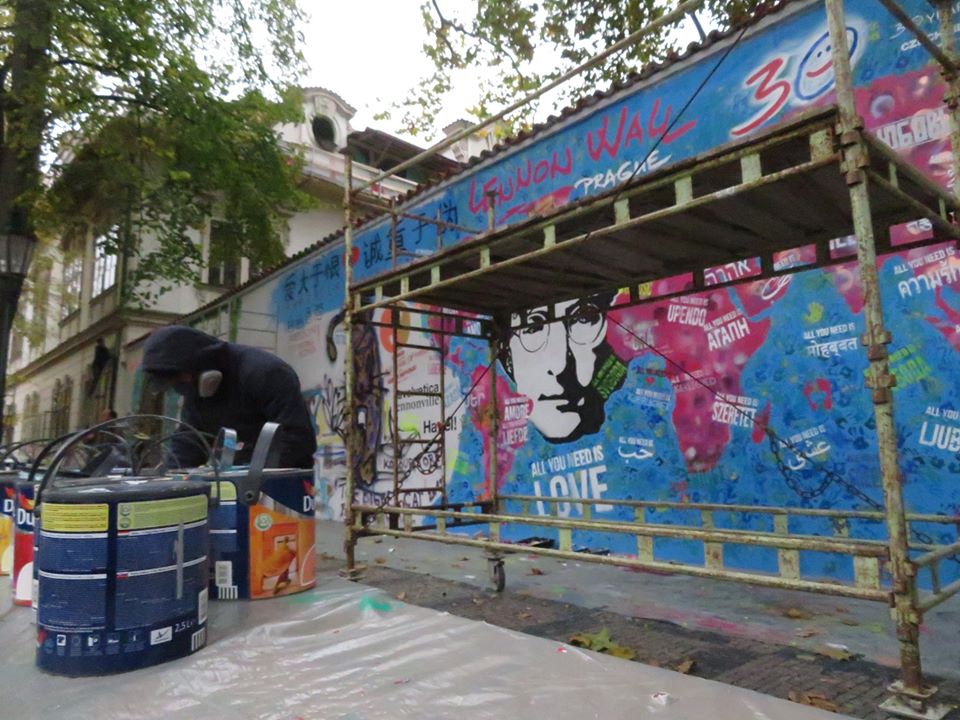
Police in the 1970s
and ’80s would often paint the wall over, but new messages would
appear quickly.
The Knights of Malta had long permitted the wall to be used for peace messages, but by summer 2019 the situation had changed and they sought help from to police to protect the wall from all-you-drink tours that offered a chance to paint on the wall as the final stop.
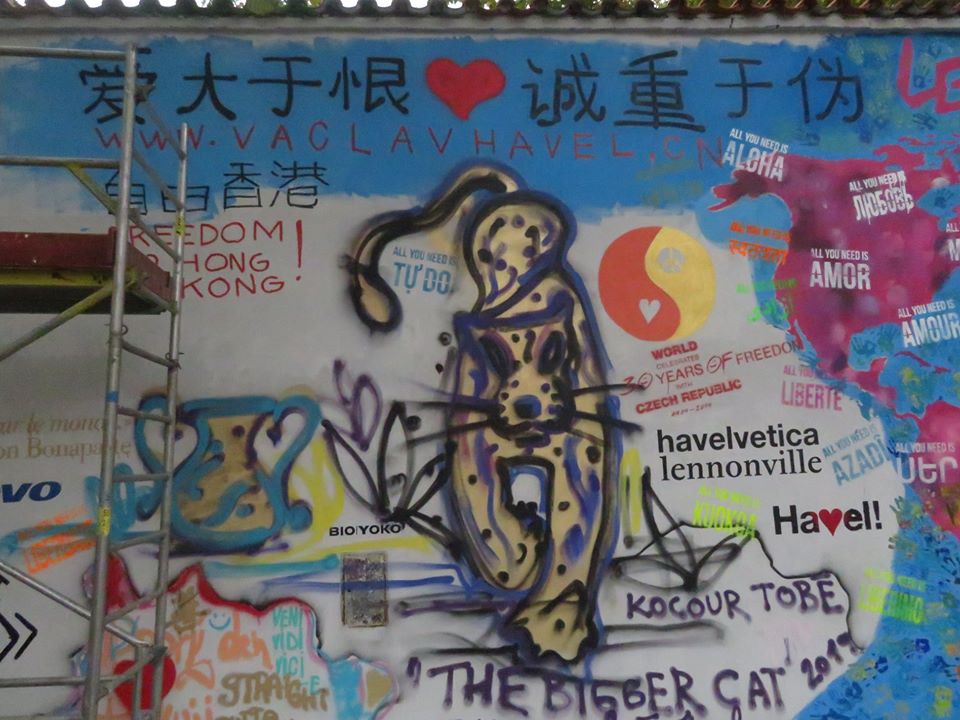
This led the Knights of Malta, the Prague 1 district and the City of Prague to agree on making the wall an open-air gallery for professional artists.
“We don’t want the
place to become a cheap tourist attraction, where everyone could
scribble nonsensical and dirty things. This was not a dignified
state,” Johannes Lobkowicz, Chancellor of the Knights of Malta,
said.
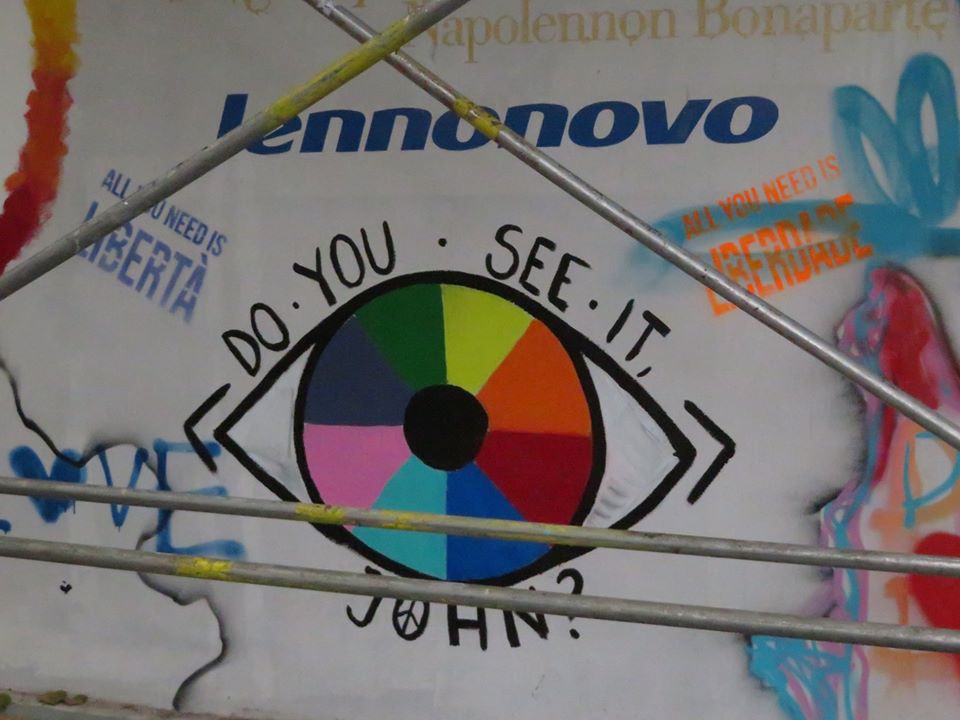
While the city and municipal districts have been fighting random graffiti on buildings and public spaces, they are also looking for more places to allow street art.
Over the summer, two German tourists were caught vandalizing Charles Bridge with spray paint. One of them is currently appealing his conviction.
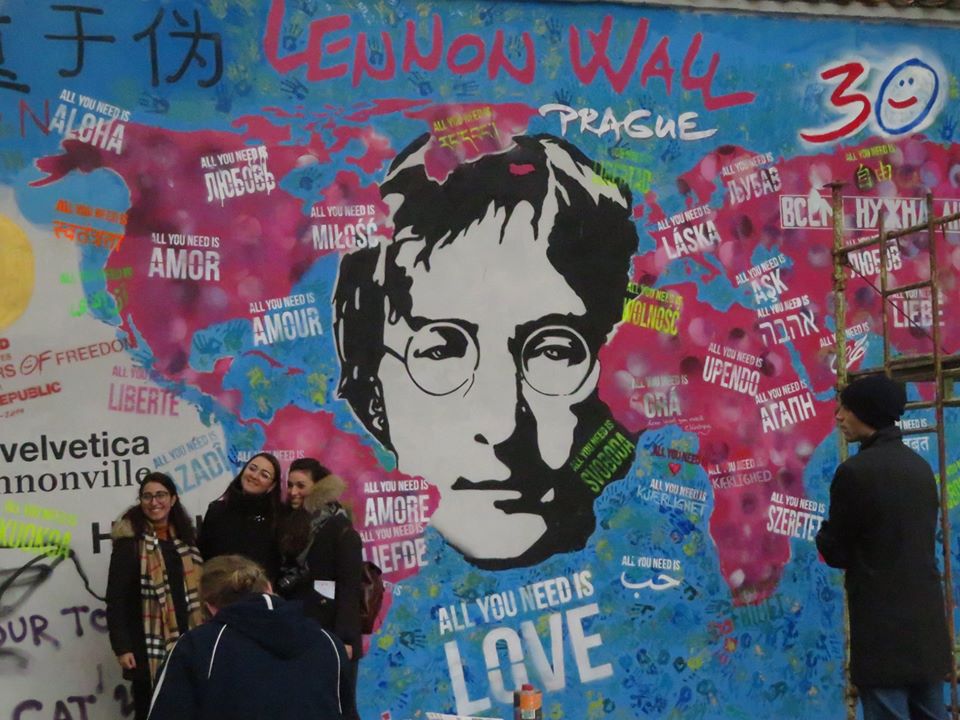












 Reading time: 4 minutes
Reading time: 4 minutes 



